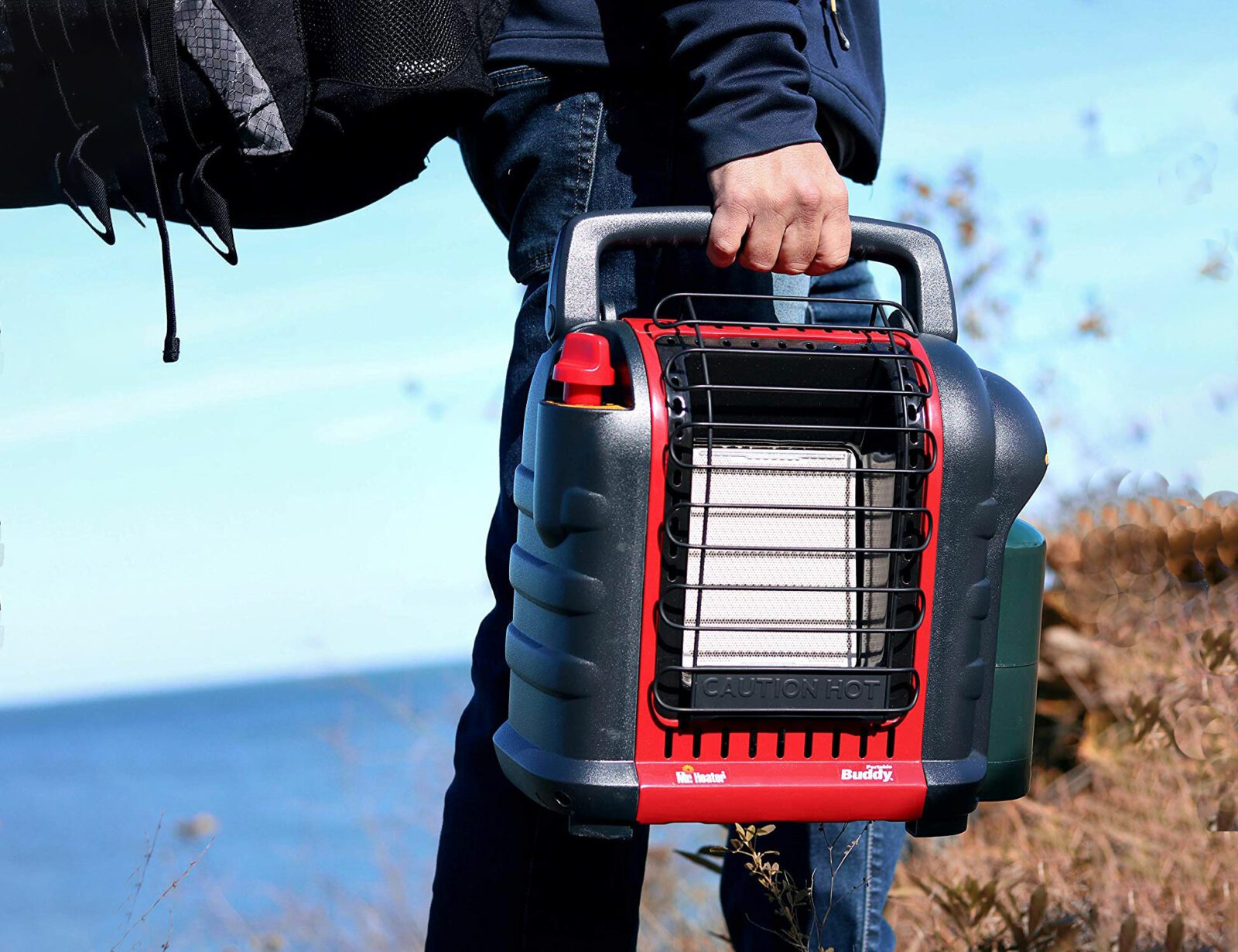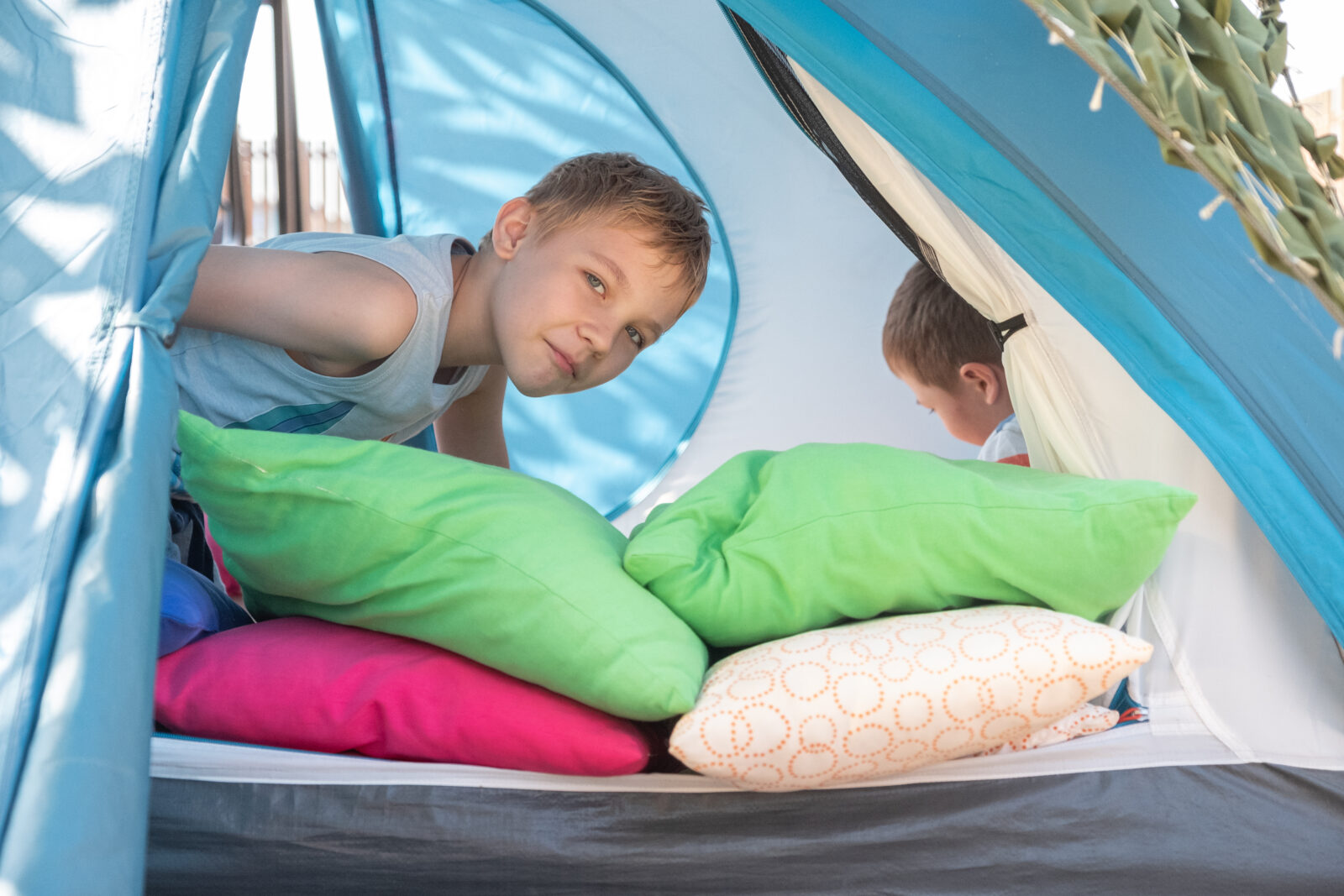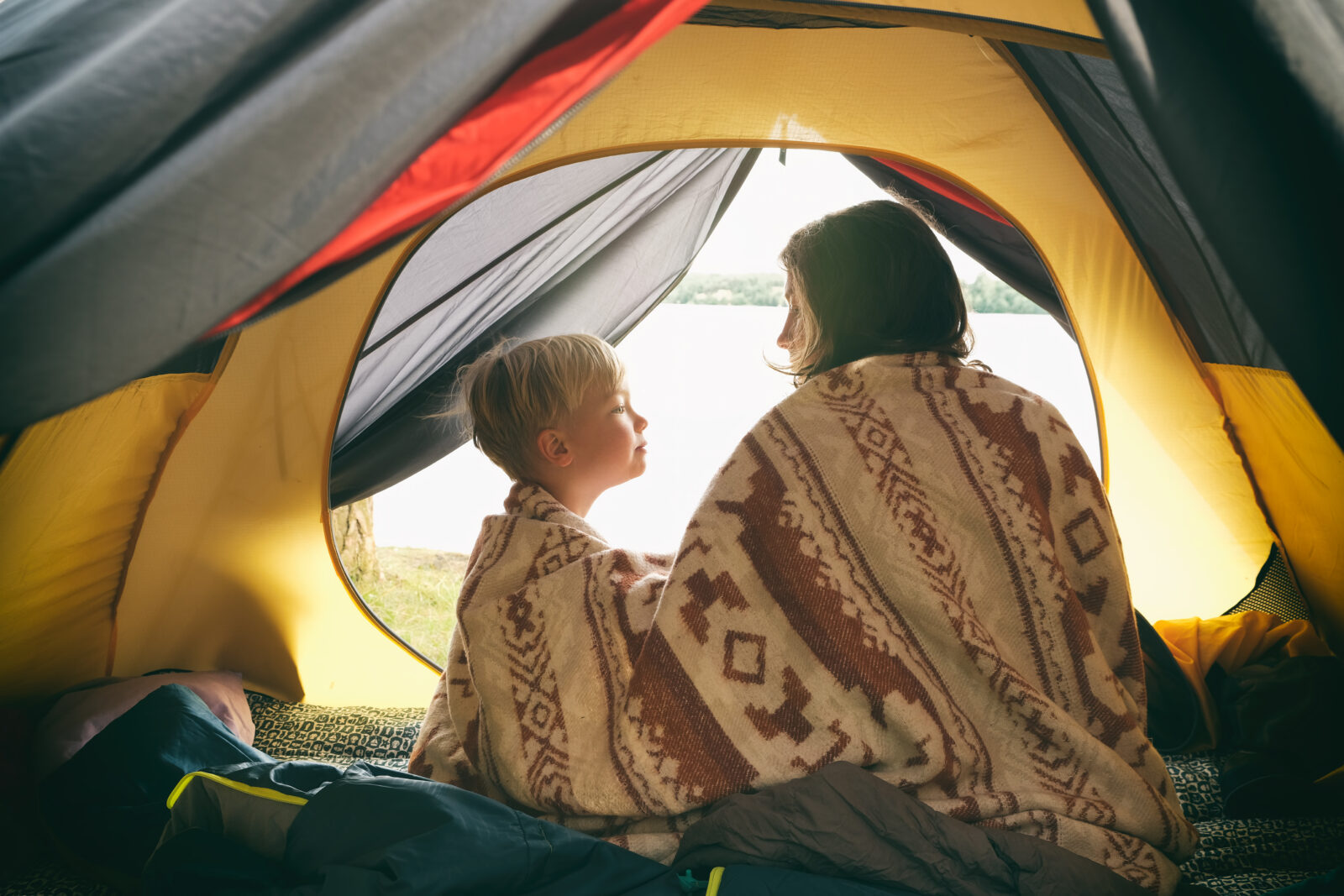Staying warm while camping during the winter months is a challenge, to say the least. Cold temperatures, high winds, and ample snowfall all conspire against you during the winter, working together to create frigid conditions that make it difficult to sleep at night.
However, finding ways to insulate your tent for winter camping when you’re in the backcountry at Rocky Mountain National Park or car camping at another similarly cold locale is possible. The trick is to come prepared to handle the conditions that you’ll face.
We want you to enjoy your winter camping adventures, so we’ve put together this list of our top tips for insulating your tent for winter camping.
1. Choose a 4 season tent
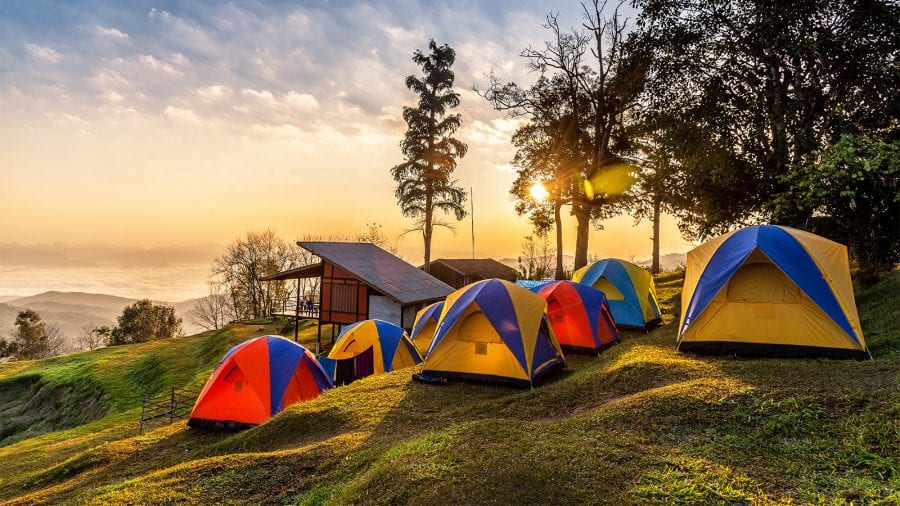
On a winter camping trip, it’s essential that your gear is suitable for cold, snowy environments. Although this isn’t something that you do, per se, to insulate an existing tent, packing a proper four-season tent for your winter adventures is one of the most important steps that you can take when it comes to staying warm at night.
In fact, one of the key differences between a four-season tent and a three-season tent is the construction of the inner tent body. On a three-season tent, you’ll have a canopy that’s made mostly from mesh, which, while great for breathability in the summer months, isn’t going to do much for your warmth at night.
Meanwhile, four-season tents have thicker fabrics on the inner tent body, which means they’re better able to insulate you from the cold. By choosing a four-season tent from the get-go, you’ll better set yourself up for a good night’s sleep in cold conditions.
Read More : How to Get A Good Night Sleep while Camping
2. Opt for a smaller tent
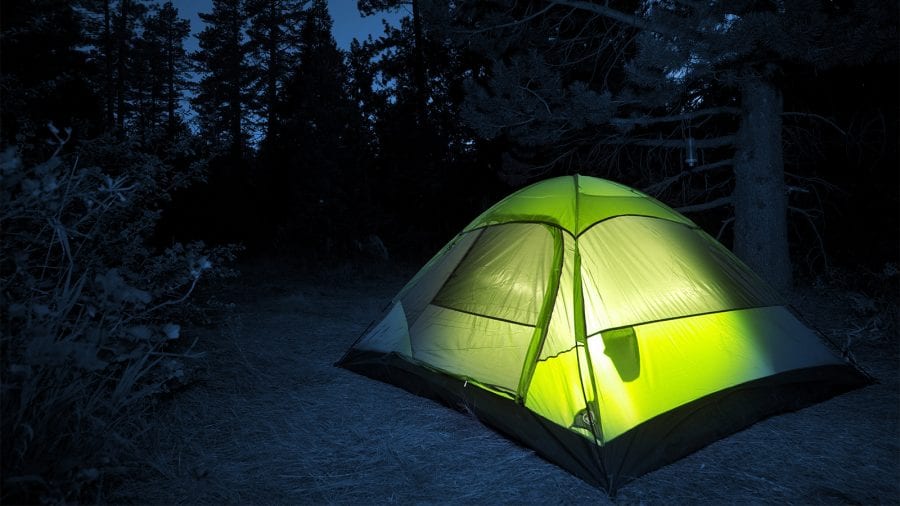
In addition to choosing a four-season tent, it’s often best to opt for a smaller tent while you’re winter camping. Although it may be nice to have the extra gear storage space that comes with a six-person tent when you’re camping in a group of four people, all that extra space needs to be heated and insulated if you want to stay warm at night.
So, choosing a smaller tent for winter camping helps to limit the amount of space that you need to heat and insulate, making it easier for you to enjoy your winter camping experience.
3. Use a tarp to block the wind
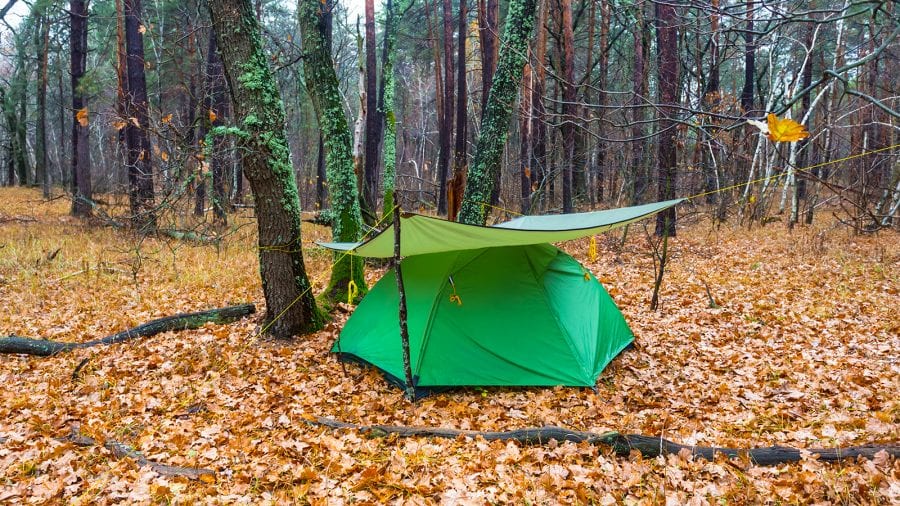
The winter months often bring strong winds, which can wreak havoc on your warmth at night. While we often worry about cold air temperatures while winter camping, blustery conditions are often the bigger challenge when you’re trying to stay warm in the mountains.
In fact, even a slight amount of wind can transform a relatively mild winter’s day into a truly frigid night in your sleeping bag due to the effects of wind chill. So, finding ways to protect yourself from this wind is essential if you want to prevent sleepless nights during the winter months.
In addition to your tent’s rainfly, you can try pitching a camping tarp in the direction of the prevailing winds to help stop cold air from infiltrating your tent. That way, you can get your beauty rest, even as strong gusts of wind sweep through your campsite at night.
Read More : How to Camp Safely in High Winds
4. Build a windbreak out of snow
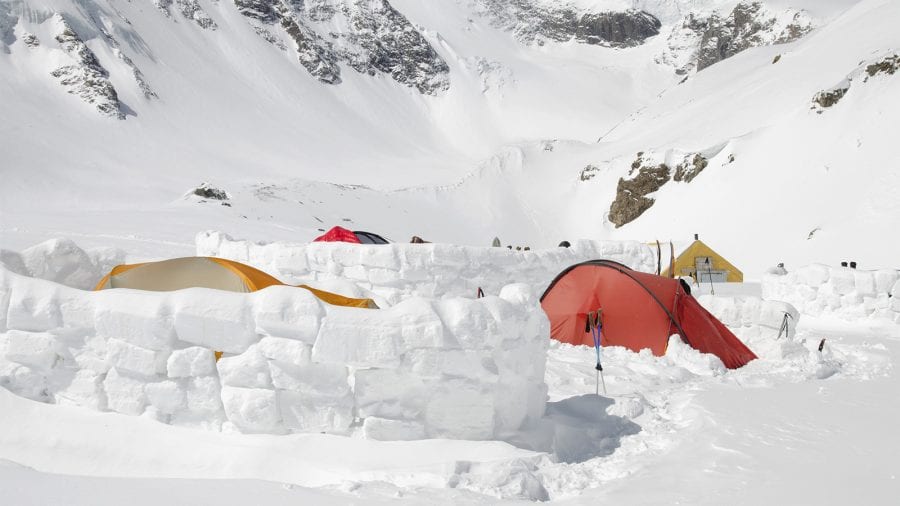
If you’re camping in very snowy conditions, a good alternative to using a tarp as a windbreak is to build a large wall of snow around your tent.
Snow walls are often stronger and more effective than tents and you can use them to stop drifting snow from piling up on the side of your shelter at night.
Of course, your ability to build a windbreak from snow will depend on the amount of snow that you have available in your camping area, though you can generally build a sizable wall with just 2 to 3 feet (60 to 90cm) of snow on the ground.
To build your snow wall, you’ll need your trusty camp shovel and a bit of free time. Use the shovel to collect snow and build up a wall about 3 to 4 feet (90 to 120cm) high that surrounds your tent. If you don’t have enough snow to completely surround the tent, focus on the side that faces the prevailing winds.
Once your snow wall is complete, you can sit back, relax, and enjoy a wind-free night in your tent.
5. Cover the tent with a thermal blanket
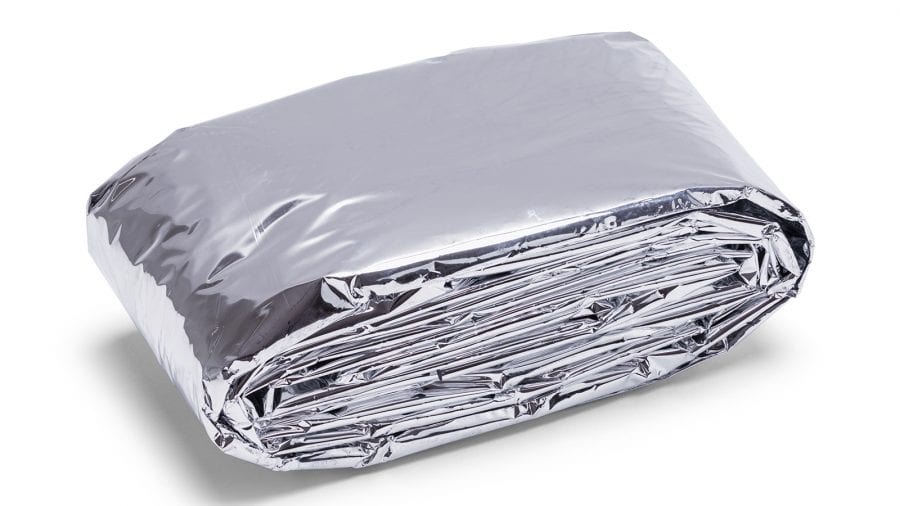
Hot air rises and cold air sinks, so covering the top of your tent with a large insulating layer, like a thermal blanket, can be a great way to stop your body heat from escaping into the cold winter night.
In very cold locales, like what you might find while camping in Glacier National Park in the winter, you may find that your four-season tent’s natural insulating abilities just don’t keep you warm enough.
So, covering the top of your tent with a large thermal blanket or some other kind of heat-reflective material, like a space blanket, can help trap in your body heat for added warmth at night.
6. Line the tent's roof and walls with insulating fabric

If you find that covering the top of your tent with a thermal blanket just doesn’t cut it when it comes to warmth while winter camping, consider lining the roof of your tent with extra insulating fabric.
Depending on the size of the tent in question, you have a few options for insulating the ceiling and walls. Perhaps the easiest method is to cut up parts of a space blanket and use that to line the inside of your tent.
If you want to take your interior insulation to the next level, you can try to find sheets of insulated fabric or paneling at your local hardware store. However, due to the weight and bulk of these items, this type of insulation is more practical for car camping-based adventures.
Oh, and as you line the roof and walls of your tent with insulation, don’t forget to completely close up all of your tent’s mesh windows and screen doors. While it might not seem like much, zipping up your tent’s storm panels can help limit the amount of cold air that makes its way into your sleeping area at night.
7. Pack a tent footprint
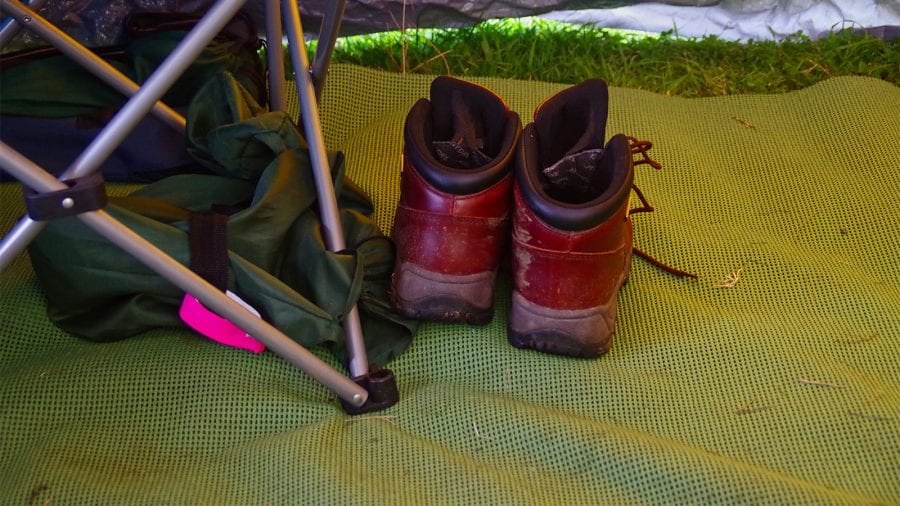
In addition to insulating the top of your tent, you’ll want to pay special attention to insulating your tent from the cold, wet ground.
A simple and straightforward way to insulate your tent from the ground is to use a tent footprint or groundsheet. Tent footprints are essentially large pieces of waterproof fabric that provide an extra layer of protection between you and the frozen winter ground.
Most tent manufacturers make and sell their own purpose-built footprints, which are custom-cut to meet the exact layout of a specific tent. However, if you can’t find a footprint that’s made for your tent, you can always use a traditional camping tarp, instead.
Keep in mind that your groundsheet should be large enough to protect the entire floor of your tent or else moisture and cold temperatures can start to seep in through any openings. If possible, it’s also nice to have a footprint that covers the vestibule area of your tents so that you have a clean, dry place to store your gear at night.
8. Use foam padding to insulate the floor
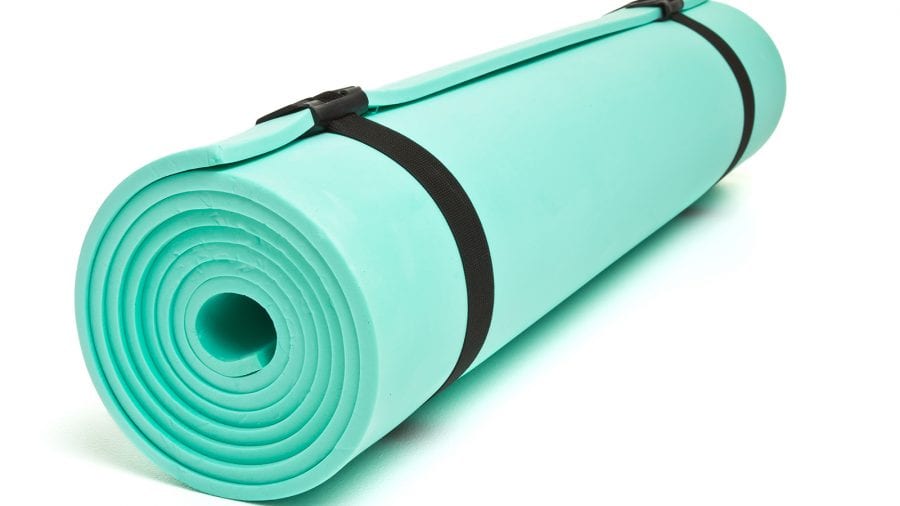
While footprints and groundsheets are designed to protect and insulate your tent from the outside, there are steps you can take to insulate your shelter from the inside.
A convenient and relatively affordable way to do this is to cover your tent floor with large pieces of foam padding. Although you’ll already be sleeping on a sleeping pad or a cot, covering your tent floor with foam can help limit the transfer of heat between your tent and the cold ground.
This is particularly important for folks who camp with sleeping pads, who are more susceptible to the chilling effects of underlying snow or the cold, frozen ground.
Read More : Sleeping Pad R-Value Explained
9. Bring rugs or sections of carpet

To insulate the floor of your tent even further during the winter months, you can use large rugs or sections of old carpet to line the floor of your sleeping area.
While carpets don’t have as much natural insulating ability as foam padding, carpets and rugs do provide some extra warmth during the winter months. Plus, they help make your tent comfy and cozy, even on a freezing cold night in the woods.
For folks who don’t have extra rugs or spare carpet on hand, you can also use blankets to line the floor of your tent at night. If you do choose to use blankets, however, keep in mind that they’re generally not as durable as carpets or rugs, so you’ll want to take care while moving around your tent to prevent accidental damage during your adventures.
10. Try a tent heater
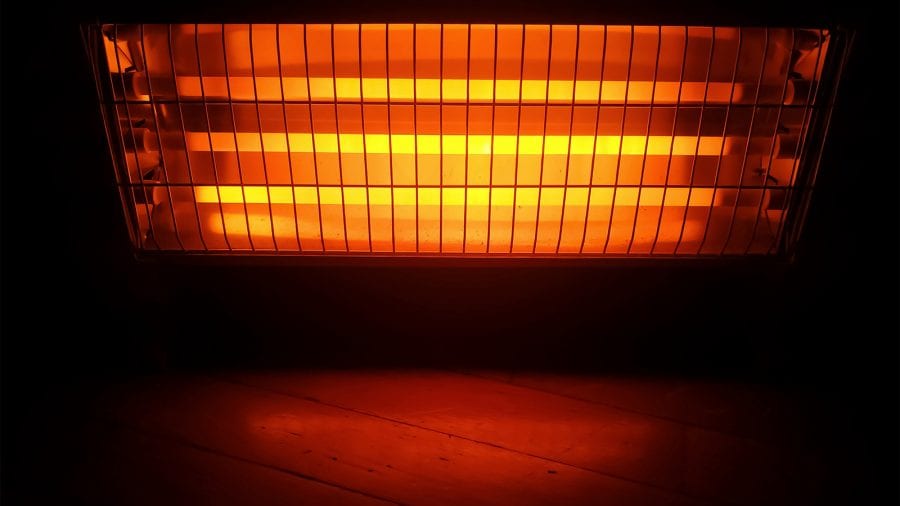
If you’ve completely insulated the outside and inside of your tent from the cold winter conditions but you still find that you’re just not warm at night, it might be worth considering a tent heater during your upcoming camping trip.
Tent heaters come in many different shapes and sizes so there are plenty of great options out there to consider. You can also choose between gas-powered and electric-powered models, giving you the flexibility to decide what power source is most conducive to your preferred type of winter camping.
Do note, however, that tent heaters can be dangerous if not used properly. These heaters can be very hot to the touch and gas-powered models have open flames, which pose both a fire and carbon monoxide risk. Therefore, proper tent heater safety precautions are a must at all times.
Finally, it’s worth mentioning that a camping stove is not a suitable alternative to a purpose-built tent heater. While camping stoves are awesome at what they do (i.e., making camping meals), they do not come with the various safety features that you find on a tent heater.
Indeed, while it might seem okay to use a stove for a few minutes to create some extra heat inside your tent, studies show that doing so greatly increases your risk of serious injury or illness.
Gaby Pilson
Gaby is a professional mountain guide with a master’s degree in outdoor education. She works primarily in the polar regions as an expedition guide, though she can be found hiking, climbing, skiing, sailing, or paddling in some of the world’s most amazing places when not at work.
